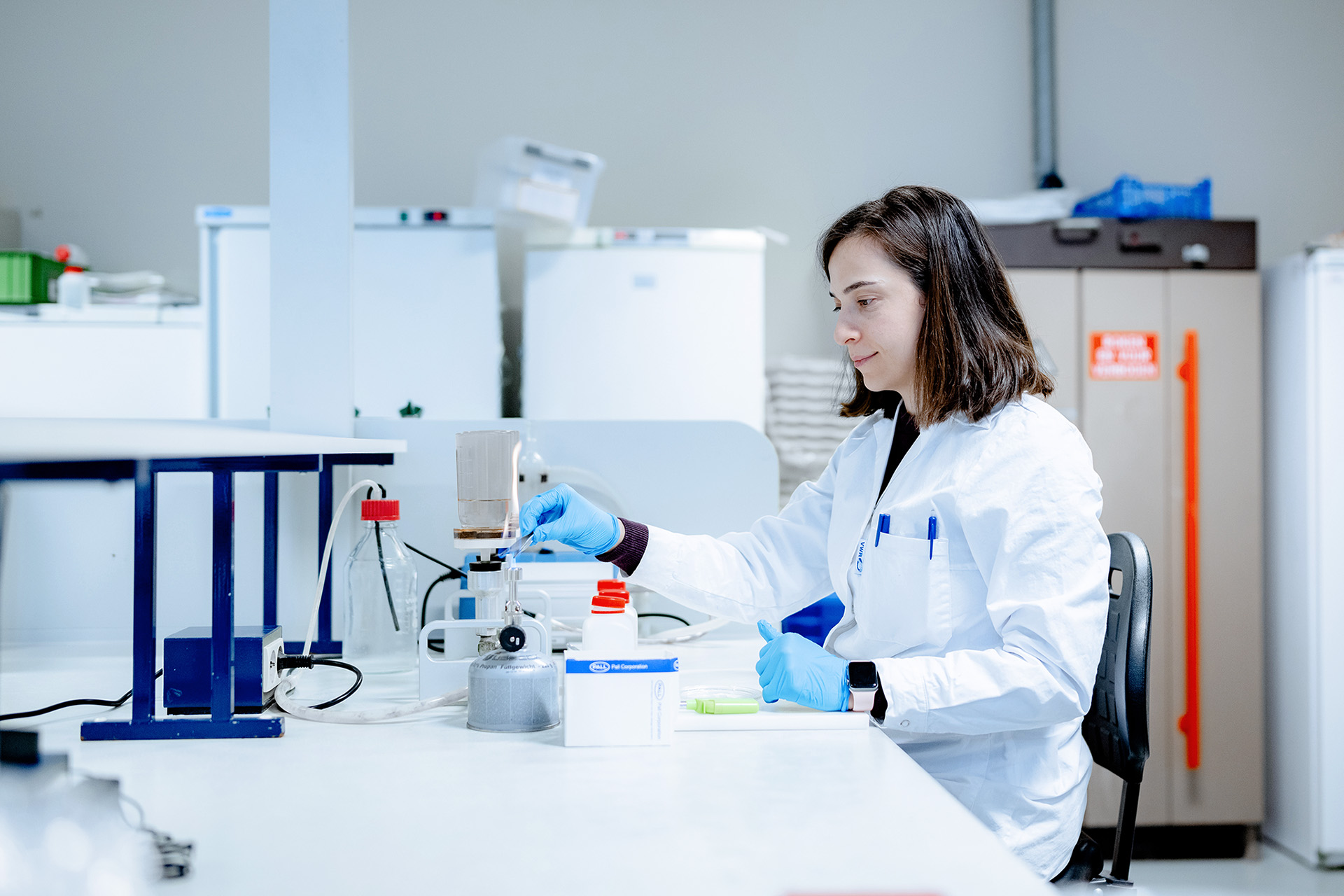Challenge test


It is a fact that you must meet the requirements of the Dutch Food and Consumer Product Safety Authority (NVWA). This also includes a study into the shelf life of your ready-to-eat food product. We ensure that you meet all conditions thanks to our challenge test.
With a challenge test, we investigate to what extent a micro-organism can grow in your product. For example, you will know what Listeria monocytogenes does in your product in case of contamination. We find out by deliberately adding micro-organisms and then measuring the results. A big advantage is that with challenge tests you immediately meet the requirements described in Information Sheet 85.
In Information Sheet 85 (an explanation of European Regulation (EC) no. 2073/2005), the Netherlands Food and Consumer Product Safety Authority (NVWA) states that a study into the shelf life of ready-to-eat foods is a mandatory step before the product is put on the market.
In order to assess whether a pathogen (e.g. Listeria monocytogenes) can grow in a product, a study must be conducted on this. A completed challenge test can be part of this. You choose this, for example, after you have performed a theoretical model calculation (for example with a growth model such as Combase and FSSP) and want to substantiate this. A theoretical model calculation does not take into account background flora or other properties, which a challenge test does take into account.
The purpose of a challenge test is to determine what a micro-organism is doing in the product in the event of (post) contamination of the product.
At the beginning (day 0) we take a measurement, and again during and at the end of the shelf life of the test. In this way we calculate how the pathogen grows and determine whether the product can serve as a breeding ground for this bacterium. If this is the case, you can use the result of the challenge test to establish intermediate limit values to ensure that the limit value (as with Listeria monocytogenes: 100 cfu/g) is not exceeded at the end of the shelf life.
During the challenge test, we also include various parameters, including for example preservation, pH, salt, water activity and other micro-organisms such as general bacterial count, enterobacteriaceae and lactic acid bacteria. This gives you a complete picture of the growth and/or inhibition of the pathogen.
If we are asked to perform a challenge test for you, we need three different production batches.
These batches must not have been produced consecutively. So not on the same day or in the same week.
The test starts with one batch. Our specialised lab employees contaminate them with the chosen pathogen as soon as possible after production.
We contaminate your product with a combination of at least two strains (approved by the European reference laboratory) that are able to grow well in the specific product.
You can opt for a surface contamination or a depth contamination. For this we need to know where a (post) contamination with the pathogen can take place. For example, if you cut meat products, post-contamination with Listeria monocytogenes is possible on the cutting edge (surface) of the product, which requires a surface contamination. With a cold mixed product such as tuna salad, there may be contamination throughout the product. This requires depth contamination.
After the product is contaminated, the pathogen is challenged to grow. This within the shelf life at a predetermined temperature profile. Measuring can now start.